‘Looking to Understand Inclusion’ is a 2-year project funded through the European Union’s Erasmus+ programme. It aims to support educators from local arts and education communities to use the Visual Thinking Strategies method to promote social inclusion with children and young people. The partnership in the project is a mix of organisations with teaching and art museum backgrounds.
5 European Partners
Dublin City Council (DCC) and the National Council for Curriculum and Assessment (NCCA) (Ireland)
The Finnish Museum of Photography (Finland)
VTS Nederlands (Netherlands)
Muserum (Denmark)
CREA 360 (Spain)
What is the Visual Thinking Strategies method?
Visual Thinking Strategies (VTS) is a method in the field of visual arts education. The VTS supports learners to respond to an image from their own point of view, offering evidence for their ideas grounded in their observations. It uses discussion as the gateway to understanding the image rather than offering information, which is the opposite way in most conventional art history education. The learner is encouraged to think speculatively, to acknowledge and build on what members of their peer group are saying, and to build confidence and competence in their own ideas and evidence building. Often, educators testimonies reveal that they witness students verbal skills increase as does their critical thinking skills and confidence in speaking.
What is Looking to Understand Inclusion about?
The project focuses on how the VTS facilitator can support social inclusion: What does social inclusion mean? What does social inclusion look like between an educator and their students? How do we address the challenges of implicit bias, institutional power in school and museum, historic patterns of marginalisation? – those are the questions which are being addressed during the training activities.
The project targets children and young people, aged 2 to 18, within early childhood education settings, elementary and secondary school education, and supports key competencies in literacy, multilingual literacy, citizenship, cultural awareness and expression.
‘Looking to Understand Inclusion’ is following the needs emerging from the research carried on in the previous Erasmus + project, ‘Permission to Wonder’, which involved the same partners.
Erasmus + 'Permission to Wonder' was a 3-year European project, supported by Leargas and Erasmus +, that took place between 2017 and 2020. It was revolving around visual arts learning. The project guided 4 educators from local arts and education communities in 6 European countries to train and test the Visual Thinking Strategies (VTS) method. Visit the Permission to Wonder website for more information.













